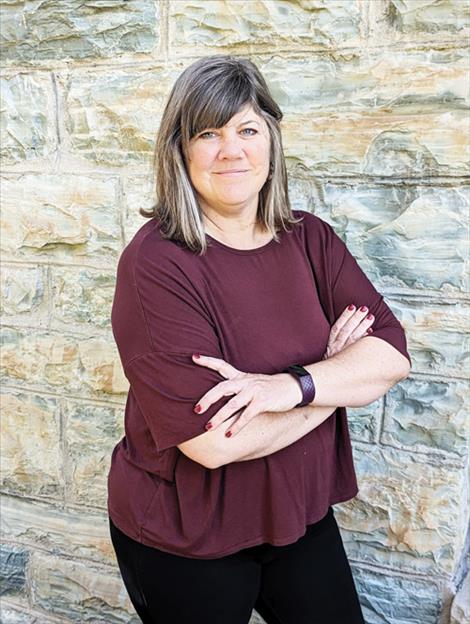A way to tackle the housing crisis
Hey savvy news reader! Thanks for choosing local.
You are now reading
1 of 3 free articles.
There is no singular cause for Montana’s housing crisis. Rising costs of land, materials, and labor combined with people moving into our communities, further straining our infrastructure, has made for an increasingly critical housing situation. On top of that, developers, builders, and local governments are trying to build housing under old, outdated land use and planning statutes from the 1920s.
As an attempted quick fix, many of the housing bills this legislative session mandate the same zoning rules for all communities across the state. Given my planning experience, I am the first to admit that it is time to update Montana’s zoning rules. But we know that Miles City, Missoula, and Malta do not have the same problems that can be solved with the same solution. The only thing making these communities the same is the M in their name.
The housing bills we have seen fail to address the primary driver of Montana’s housing problems - outdated statutes that no longer reflect the type and pressure of housing development our communities face. Let me give you an example.
When local governments consider a zoning or subdivision permit, they are required to assess if those permits meet certain criteria. Sounds simple enough. But the kicker is that the criteria is different for every permit. So, every time a developer or builder seeks a permit, the local administrators must do that analysis from scratch with no regard to previous assessments. Our current planning system is a duplicative, labor intensive, bureaucratic process on top of a process that slows down building and stifles new development.
For years, a group of realtors, builders, legislators, local governments, counties, and municipalities have been working together to create a real plan. Together we developed a comprehensive fix that provides cities and towns the mechanisms to update their zoning, plan for current and future community needs, and simplify the process for developers. This means that more housing can be built while preserving the right for locals to have their say.
SB 382, the Montana Land Use Planning Act, is the outcome of our efforts. The bill, sponsored by Senator Mandeville and co-sponsored by Senators Bergtolio, Boldman, Brewster, Fern, Friedel, Karlen, Hertz, and Hopkins, updates Montana’s zoning and planning process so that housing decisions can be made faster and with more consistency.
As a real solution, SB 382 modernizes Montana’s statutes and addresses the specific housing reforms the Governor’s Housing Task Force called for. Specifically, the new planning framework gives local leaders tangible tools to be responsive. It moves public participation and analysis up to the community-wide planning stages, eliminating duplicity so that the permitting and subdivision process is more efficient.
SB 382 also requires local municipalities to quantify their housing needs and adopt at least five zoning reforms to accommodate those needs while considering the systems and infrastructure unique to each community. Under SB 382, local governments, developers, and community members will all know what is expected of them because they have been part of the decision-making process.
Most importantly, SB 382 will make it faster, cheaper, and easier to build more housing in Montana.
It is time to leave the 1920s behind. SB 382 is the fundamental change we need to our statutes. Whether you are a neighbor, a builder, or a mayor, everyone benefits from an updated, more predictable, and fair land use and planning process. We hope all legislators can get behind this bill. It is a bill created by Montanans for Montana and is the right step forward for our state.
Kelly Lynch is the Executive Director of the Montana League of Cities and Towns, a nonpartisan, nonprofit association supporting 127 Montana communities to provide resources and advocacy to build and maintain unique, vibrant, healthy, and safe communities.
















